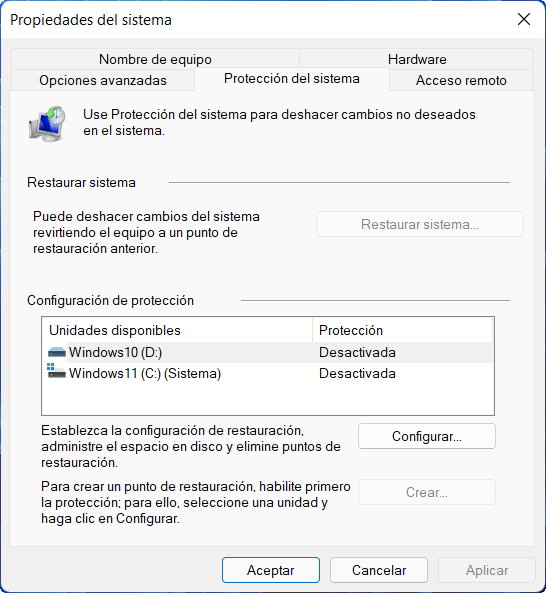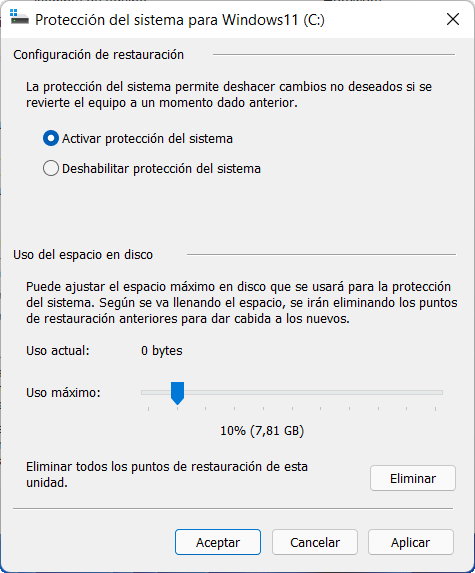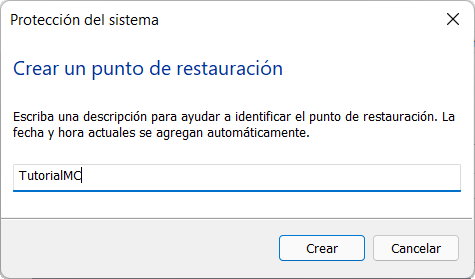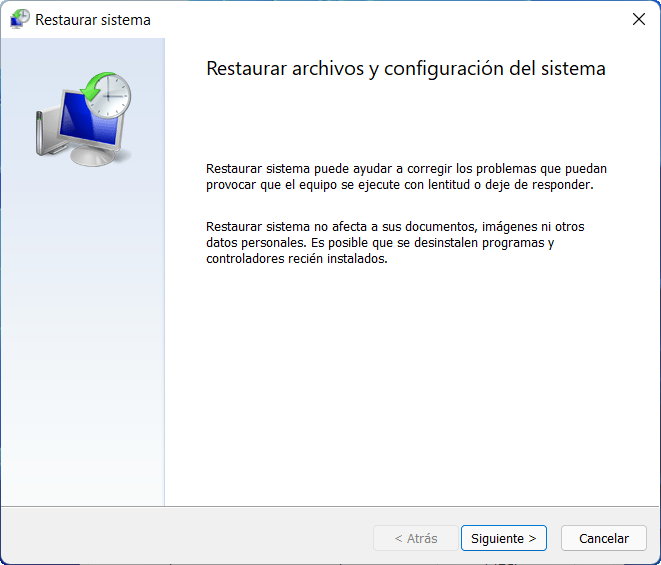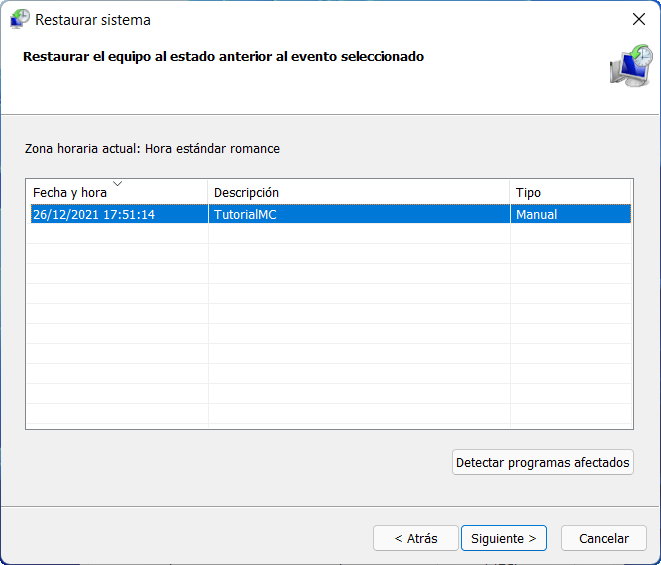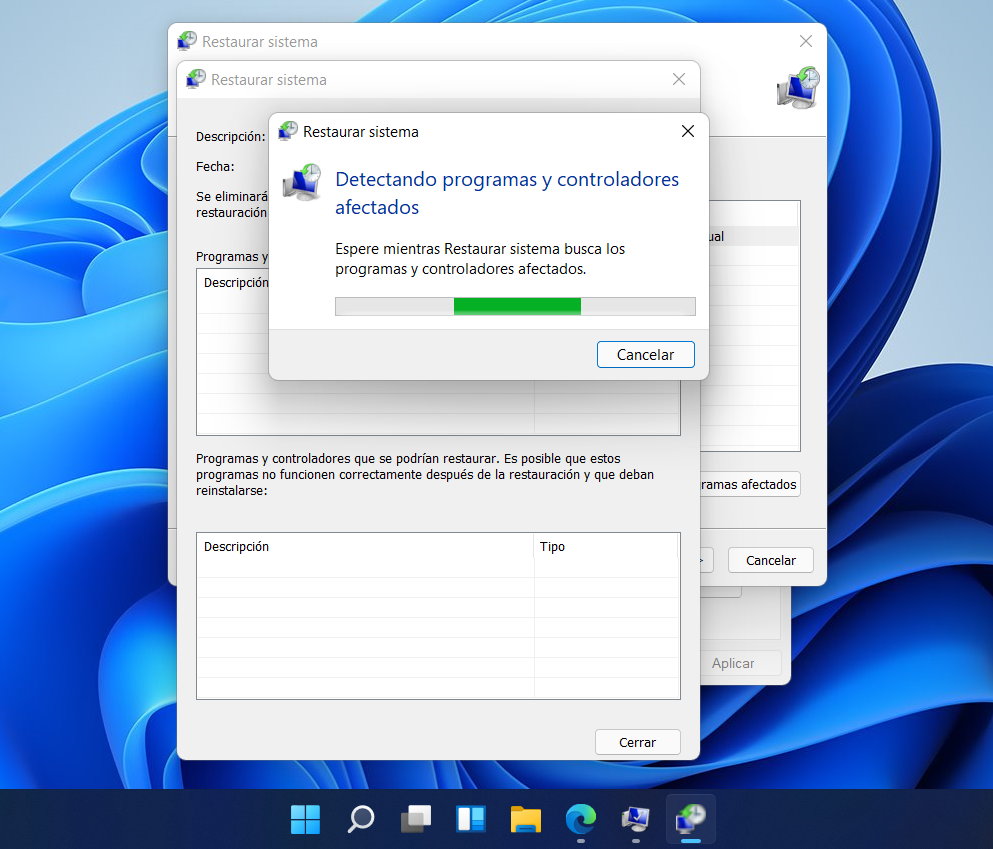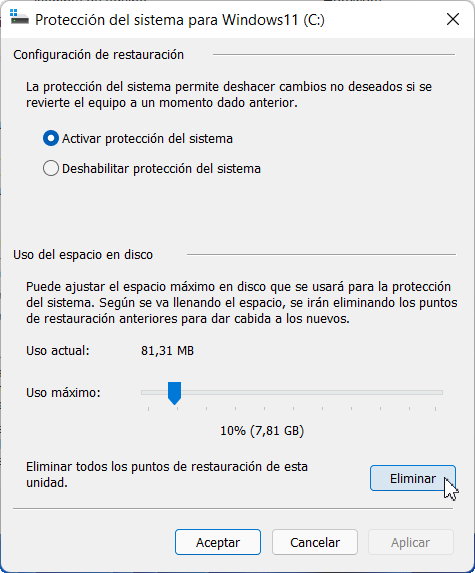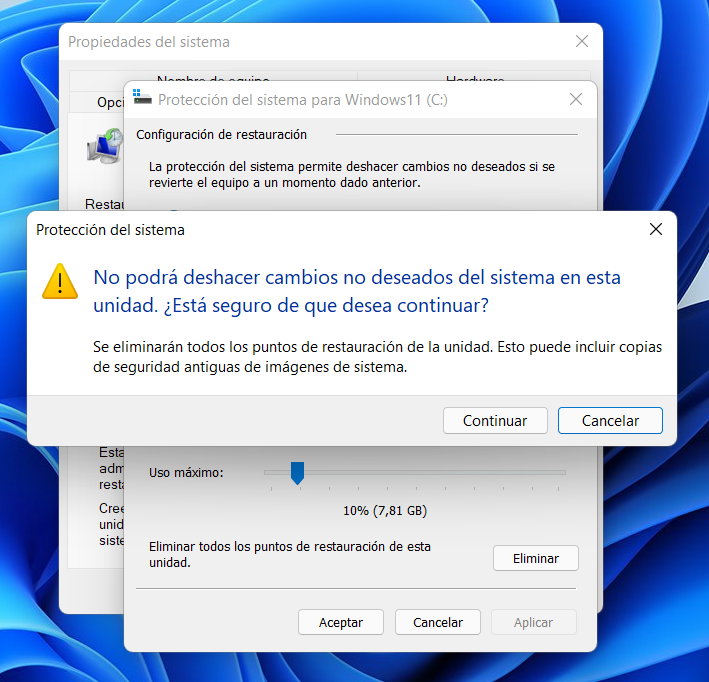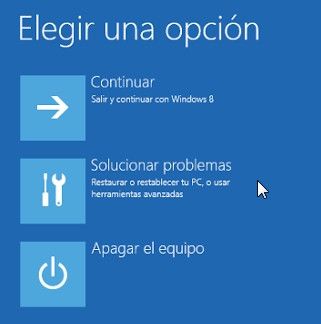
Creating restore points in Windows 11 is a must-use feature for a user who intends to get ahead of any operating system errors. Its operation is as simple as it is effective: it saves a copy of the system when it works correctly so that, in case of problems, it can be reverted to that moment quickly and easily.
The flaws in Windows are inherent in the operating system itself, its huge software and hardware ecosystem and its use by hundreds of millions of users. And they can come from multiple fronts, be it internal after some system update, failed changes in the Windows registry or caused by the same user when installing applications or drivers that destabilize it.
Although there are third-party solutions for this type of maintenance task, Microsoft has offered it for years with System Restore. an application that cannot replace backup tasks since it does not back up or restore files, but it is tremendously effective against all non-critical system failures and that they would already require a PC reset or a complete reinstallation.
How does it work
If you don’t know how it works, imagine the “undo” command to understand it, because it works the same way. Technically, it is a system protection tool that takes snapshots of the essential files group and Windows registry. These snapshots are saved as Restore Points, which are those that allow the user to revert the unwanted changes made to the main system files and configurations (drivers, registry keys or installed applications) that are the ones that generally cause conflicts and mistakes.
A ‘time machine’ that when activated makes the following changes to the system:
- All system settings are restored to the way they were when the restore point was created.
- All applications that have been installed since the restore point are uninstalled.
- All the drivers that were installed since the restore point was made are uninstalled.
- The same with all Windows updates that will be installed manually or automatically.
- All personal files stored in user folders (Documents, Pictures, Music, etc.) or on partitions other than C: drive remain intact.
How to create restore points in Windows 11
The operation and management of this feature has not changed since Windows 7, except that in Windows 11 (as it happened in Windows 10) it must be activated to use it. We see how to carry out the process in this step by step.
- Type “restore”, “restore points” or “system restore” or in Windows search. (You can also access the tool from the Control Panel)
- You will directly see the section on Protection of the system and partitions of the storage unit.
- We point to the active partition of Windows 11 and click on the Configure button.
- We select to activate the protection and we adjust the maximum space of the partition in% that we will dedicate to this task.
- On the main screen we can now create a restore point. (Obviously, we must create them when the system works correctly and before making changes to hardware, installation of drivers or applications of which we doubt their operation).
In a few seconds / minutes we will have created the first restore point. You can create as many as you need while you have available space, in addition to those that the system will create automatically once you activate this feature.
How to use these points
From the same ‘System Properties’ screen we can restore the system to revert the computer to a previous point that we have saved.
Simply click on the ‘System Restore’ button and choose one of the points that you have created manually or an automatic point created by the same system.
The tool can also check for programs affected by these changes:
This function will restore the files and main configuration of the operating system, settings, drivers, registry keys or programs installed at the time they were created and thus will revert the computer to a time of correct system operation.
Finally, note that you can delete all restore points from the same tool if you ever need that free disk space.
What if I can’t access the restore?
There are times when system failures are so serious that they prevent normal access to the operating system and therefore the restoration cannot be accessed as we have seen in the previous point. For these cases, we can still access the restore points using the following ways:
- Automatic repair mode if the system does not start for three consecutive times.
- System repair discs (CD or DVD).
- Boot from recovery USB.
- Windows 10 installation drives.
Any of these methods will allow us to access the system when we cannot perform a standard boot and activate any of the restore points in Windows 11 that we have saved. A very useful function Against those Windows failures that are inexorably repeated from system updates or the installation of incompatible applications or drivers that do not work properly, cause errors or slowdowns of your PC.
In the event of critical failures, we will probably not be able to recover the computer or the restore points and will have to use methods such as factory reset or reinstallation. But they are worth having for their ease of creation and use.

